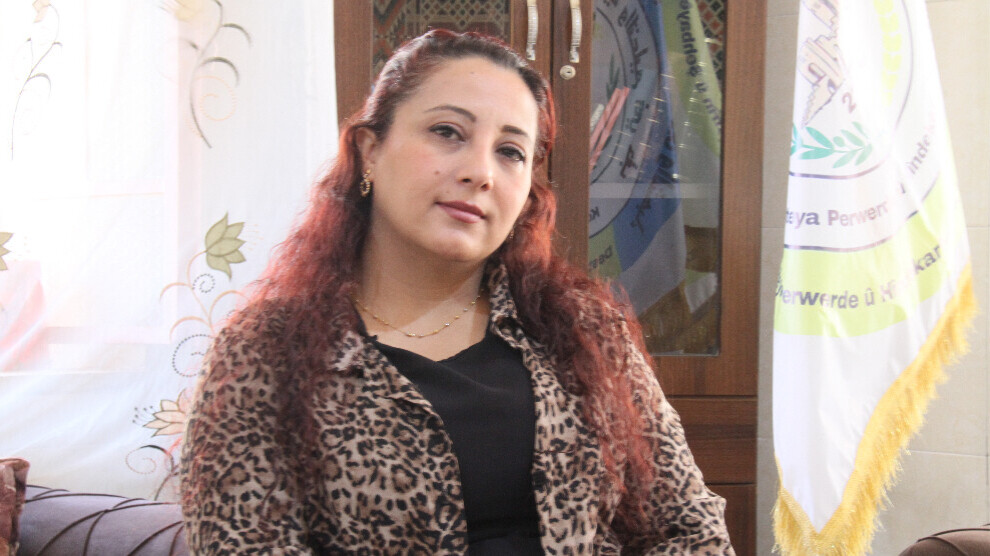Mother tongue education continues in spite of attacks
Zehida Rashid stated that in spite of the attacks by mercenaries affiliated with the Turkish state, they continue to provide mother tongue education in local neighborhoods.
Zehida Rashid stated that in spite of the attacks by mercenaries affiliated with the Turkish state, they continue to provide mother tongue education in local neighborhoods.

At the onset of the Syrian crisis and with the unfolding of the Rojava Revolution, one of the areas most severely impacted was education. In the neighborhoods of Sheikh Maqsoud (Şêxmaqsûd) and Ashrafieh (Eşrefiyê), thousands of students were forced to leave their schools as a result of heavy attacks carried out by both Turkish state-affiliated mercenaries and the Assad regime.
This was not only due to direct bombardments; critical infrastructure was also destroyed, and among the ruins were school buildings. In both neighborhoods, all schools were either completely demolished or rendered unusable for education. In spite of all these hardships and the continued shelling by mercenaries linked to the Turkish state, the people did not give up their resistance. Teachers and students became part of this resistance. Even during the most difficult times, a few teachers and students continued their lessons under bombardment, in their own homes, with the aim of preserving and spreading their language.
Zehida Rashid, co-chair of the Education and Teaching Committee in Aleppo, spoke to ANF about the current state of education in the neighborhoods of Sheikh Maqsoud and Ashrafieh. She explained that the education system in both neighborhoods operates based on an evaluation model and that all students receive instruction in their mother tongue.
Rashid spoke about the educational process during the time of resistance in Sheikh Maqsoud. She stated, “In Sheikh Maqsoud and Ashrafieh, the education system operates based on evaluation principles. During the war, both us and the students faced extremely difficult conditions. On one side, there were attacks by Turkish state-affiliated mercenaries, and on the other, the Assad regime had besieged the neighborhoods. Because of this, reaching schools was a major challenge; even finding notebooks and books was difficult. The siege lasted for years. At one point, only two schools remained in the neighborhood, and they were operating with materials provided by the Assad regime. Even in those schools, only three hours of Kurdish lessons were allowed per day.”
1,500 students in two neighborhoods
Zehida Rashid recalled that after the occupation of Afrin (Efrîn), many residents were forced to migrate to Shahba and Aleppo, which led to the opening of new schools in the area. She said, “With the migration of Afrin’s people to Shahba and Aleppo, the Martyr Qereman Primary School was opened in the neighborhood. At that time, the school had only eight students. Later, a few more schools were established. In 2023, the Martyr Zozan Education Center was opened. These schools follow an evaluation-based education model. Kurdish students receive instruction in Kurdish, while Arab students are taught in Arabic.”
Rashid explained that with the second wave of displacement from Afrin, the number of students increased. As a result, a middle school was also opened. She added, “Currently, there are around 1,500 students and 338 teachers in the two neighborhoods. Even during the war, there were teachers who volunteered to continue teaching. However, the schools suffered heavy damage as a result of intense attacks on the neighborhood. In spite of everything, we rebuilt our schools with the few resources we had and continued educating our students. We persevered through the difficulties and tried to keep our mother tongue alive.”